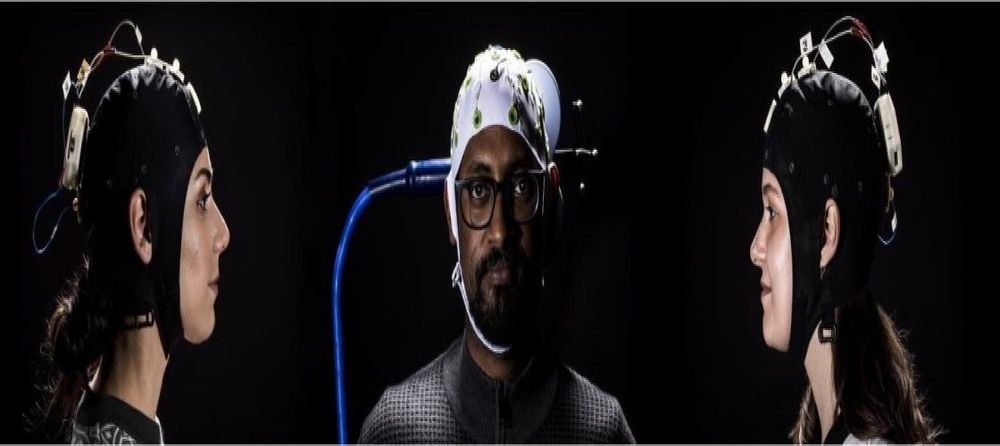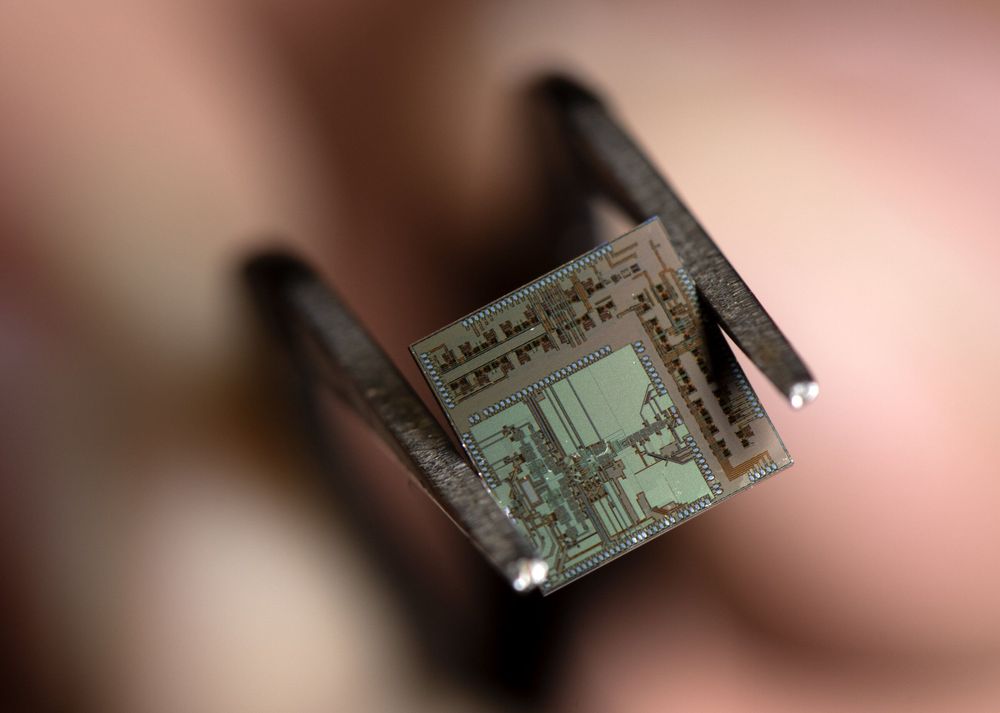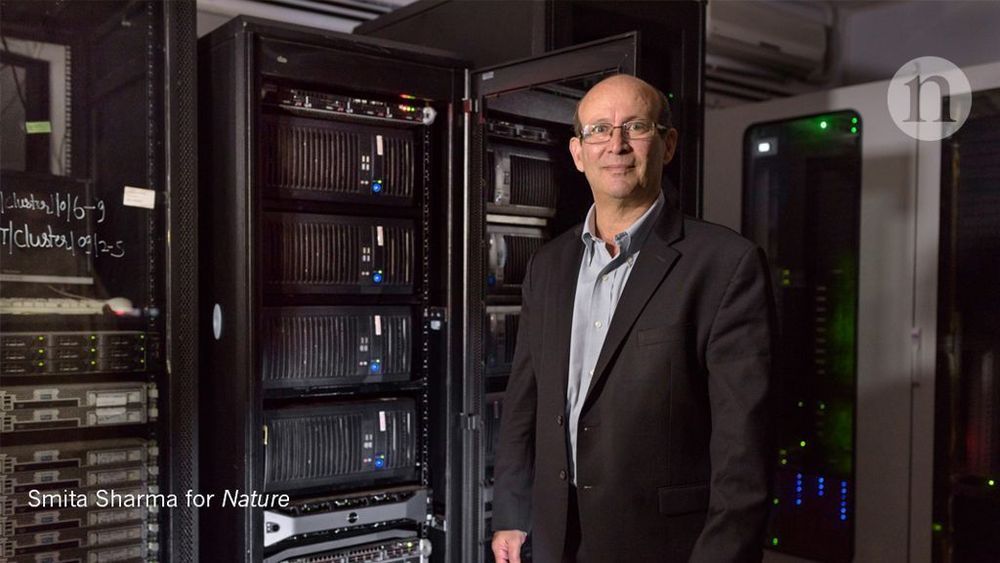The incredible power of the GPU! Next gen consoles are gonna be lit! 😍.
Half-a-century has passed since mankind first set its foot on the moon. And while NASA is preparing to send the first woman to the moon, some humans still believe that space exploration done by US-based agency NASA was nothing more than a fake moon mission.
Anyway, July 20 was the 50th anniversary of the Apollo 11 Moon mission. On this occasion, Nvidia — a US-based company which designs graphics for computers — made an effort to debunk conspiracy theories and find out if Neil Amstrong and Buzz Aldrin actually landed on the moon or if it was just a dark film studio.
Nividia put out their GPUs based on the new Maxwell architecture to digitally recreate the 45-year-old iconic photo of Buzz Aldrin (taken by Neil Armstrong) climbing down from the lunar module.






